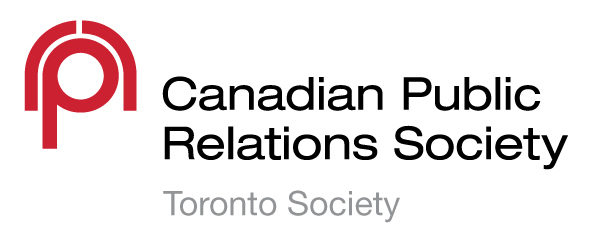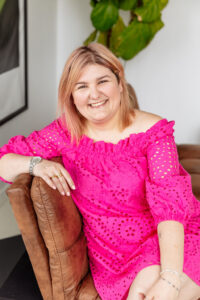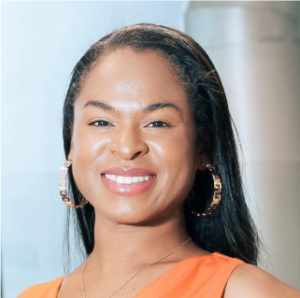Matisse Hamel-Nelis (she/her) is an award-winning Métis communications and digital accessibility consultant based in Toronto. With extensive public relations experience, Matisse is a part-time professor and the program co-ordinator for the Durham College Public Relations Graduate Certificate program, which she developed to reflect today’s communications industry’s real-world skills and values.
Matisse is the founder and host of PR & Lattes, a podcast and blog that offers a platform for communications professionals to share insights and ideas on public relations, marketing, and accessibility.
Certified as an Accessible Documents Specialist (ADS) and a Certified Professional in Accessibility Core Competencies (CPACC) through the International Association of Accessibility Professionals, Matisse is a recognized authority on accessibility in digital communications. She is also currently co-authoring a book on accessible communications with Lisa Riemers, which will provide actionable insights for creating inclusive and impactful messaging in a digital-first world.
Matisse’s passion for accessibility and inclusion drives her to empower organizations and professionals to break down barriers and build meaningful, equitable connections in all their communications.
Fun Facts
-
-
-
-
-
- She volunteers with CPRS Toronto and IABC/Toronto
- Proud wife of an Irishman
- Loving dog mom to two Old English Sheepdogs – Agnes and Edith
- She speaks fluent Italian (It’s actually her first language)
- Gloria Gaynor’s I Will Surviveis her theme song
- Her favourite thing to do in the city is to go out for dinner before catching a show
-
-
-
-






